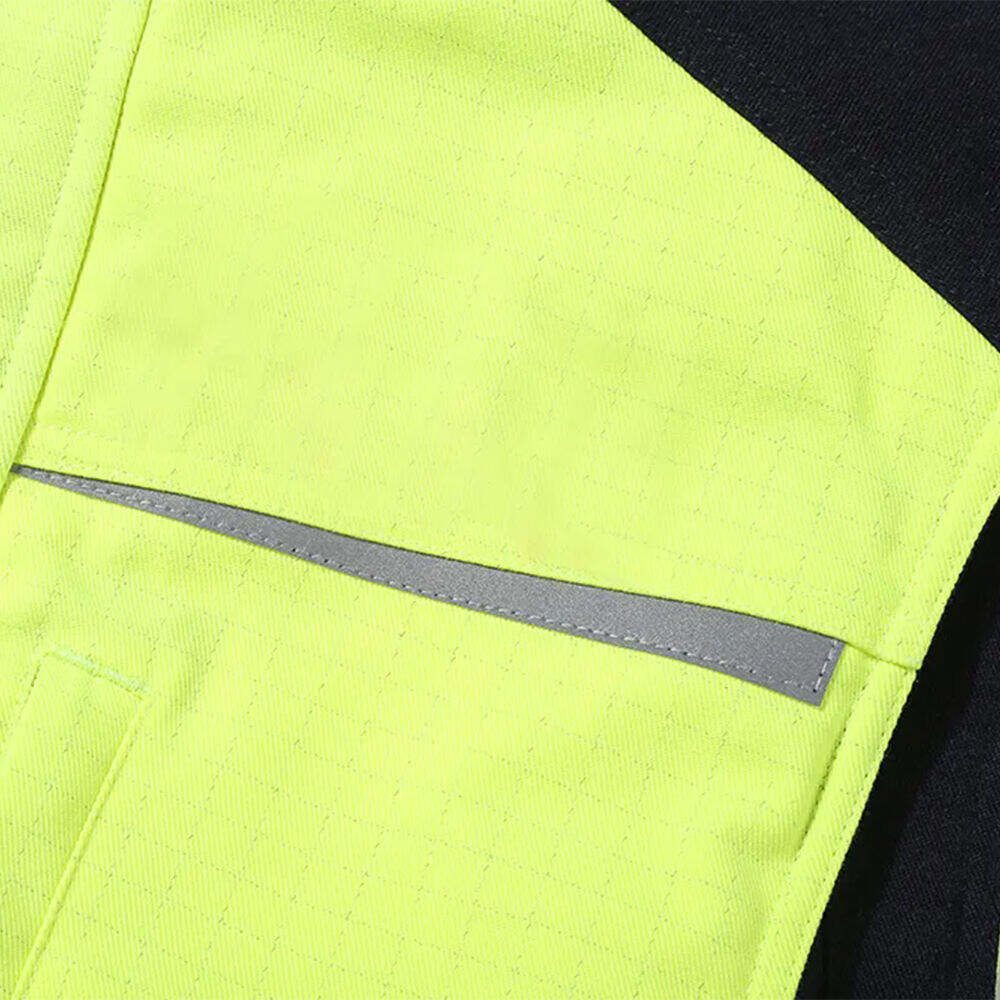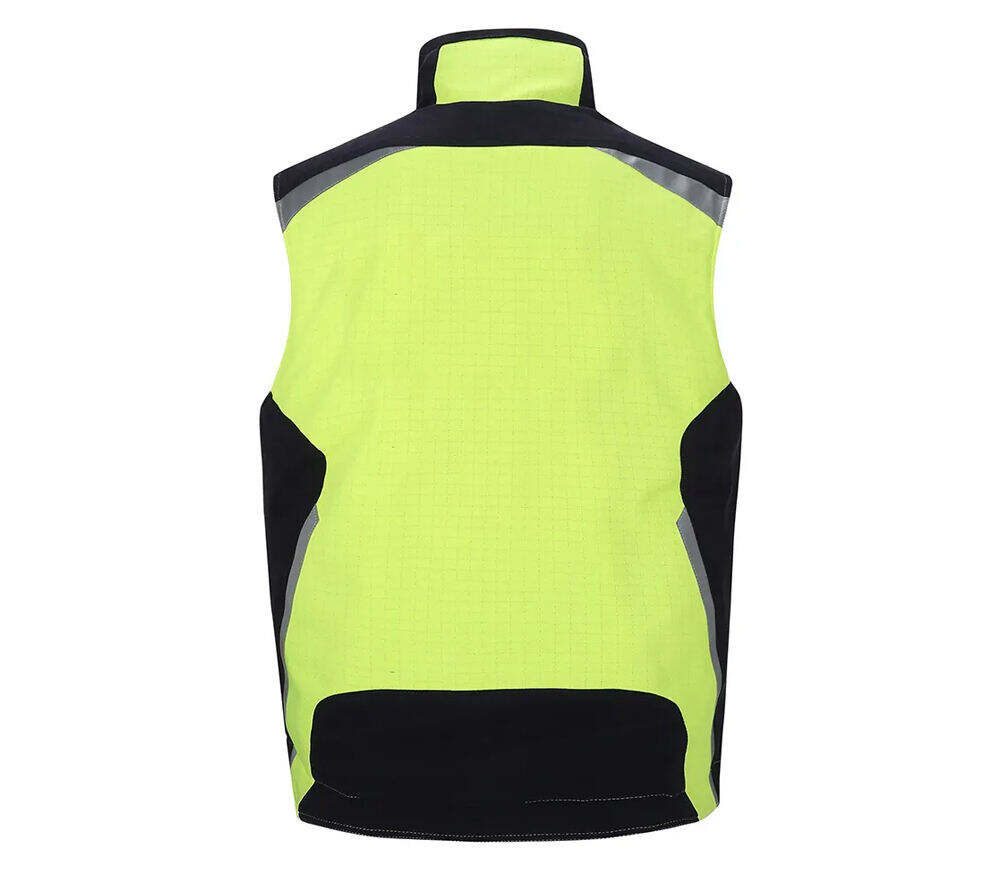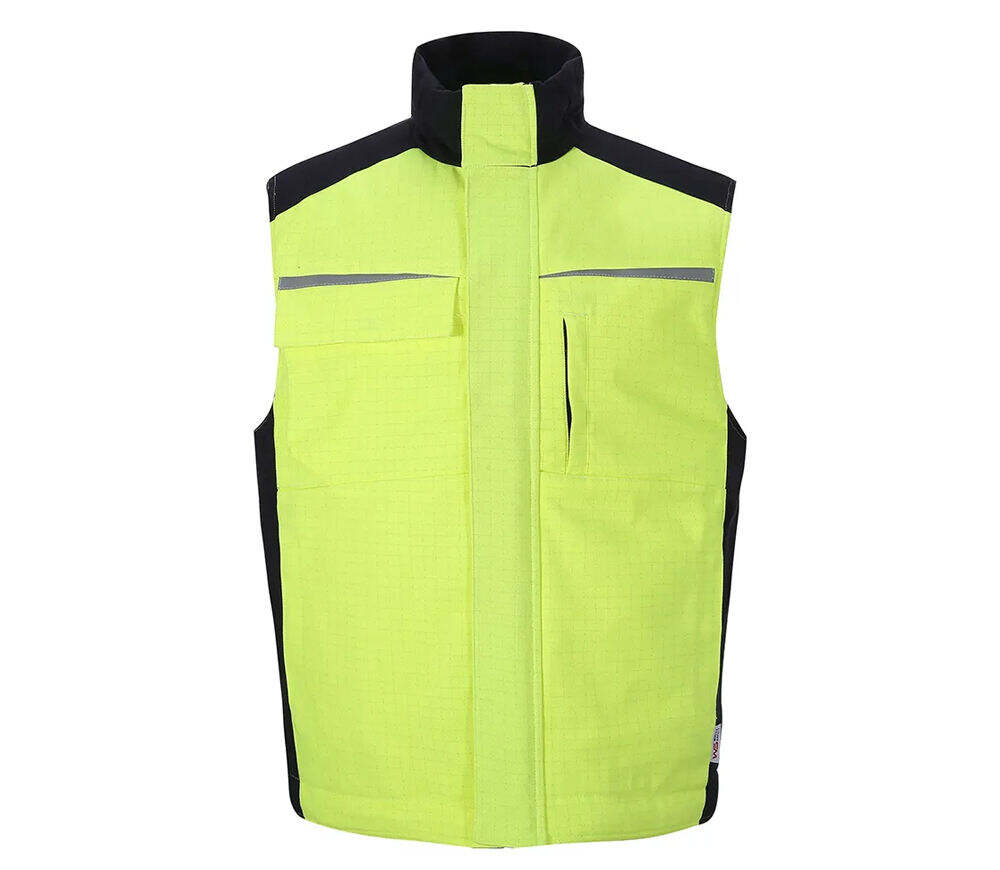The role of personal protective equipment (PPE) in safety is of paramount importance across various industries and work environments. At Top Wholesafety (Shaanxi) Co., Ltd., we are committed to providing high-quality PPE to protect workers from a wide range of occupational hazards. PPE serves as the last line of defense against workplace injuries and illnesses. It is designed to shield workers from physical, chemical, biological, and electrical hazards that cannot be eliminated or controlled through engineering or administrative controls. One of the primary roles of PPE is to prevent or minimize the severity of injuries in case of an accident. For example, in the construction industry, hard hats protect workers' heads from falling objects, while safety glasses shield their eyes from flying debris. In the chemical industry, gloves and protective suits prevent workers from coming into contact with hazardous substances that could cause skin irritation, burns, or chemical poisoning. PPE also plays a crucial role in protecting workers from electrical hazards. Arc flash suits, insulated gloves, and safety boots are essential for electrical workers to prevent electrical shocks, burns, and arc flash incidents. These specialized PPE items are made from materials that can withstand high voltages and electrical energy, providing a barrier between the worker and the electrical source. In addition to physical protection, PPE can also offer protection against biological hazards. In healthcare settings, masks, gloves, and gowns are used to prevent the spread of infectious diseases. These PPE items act as a barrier, preventing the transmission of pathogens from patients to healthcare workers and vice versa. Another important role of PPE is to comply with regulatory requirements. Many industries are subject to strict safety regulations and standards that mandate the use of specific PPE in certain work environments. By providing workers with the appropriate PPE, employers can ensure compliance with these regulations and avoid potential fines and legal liabilities. PPE also has a psychological impact on workers. When workers know that they are properly protected, they feel more confident and secure in their work environment. This can lead to increased productivity, reduced absenteeism, and improved job satisfaction. However, it's important to note that PPE is not a substitute for other safety measures. It should be used in conjunction with engineering controls, administrative controls, and safe work practices to create a comprehensive safety program. Engineering controls involve modifying the work environment or equipment to eliminate or reduce hazards, while administrative controls focus on changing work procedures or schedules to minimize exposure to hazards. To ensure the effectiveness of PPE, it is essential to select the right type of PPE for the specific hazard, provide proper training on its use and maintenance, and regularly inspect and replace damaged or worn-out equipment. In conclusion, the role of PPE in safety is multifaceted. It provides physical protection against various occupational hazards, helps comply with regulatory requirements, has a positive psychological impact on workers, and should be an integral part of a comprehensive safety program. By investing in high-quality PPE and promoting a safety-conscious culture, employers can create a safer work environment for their employees.


